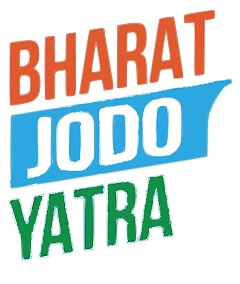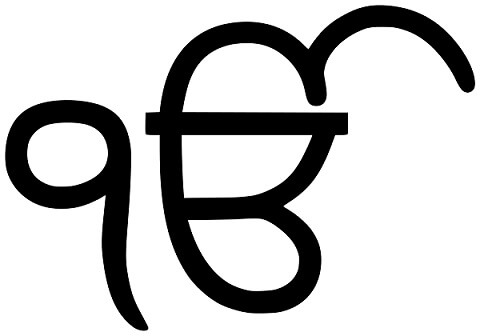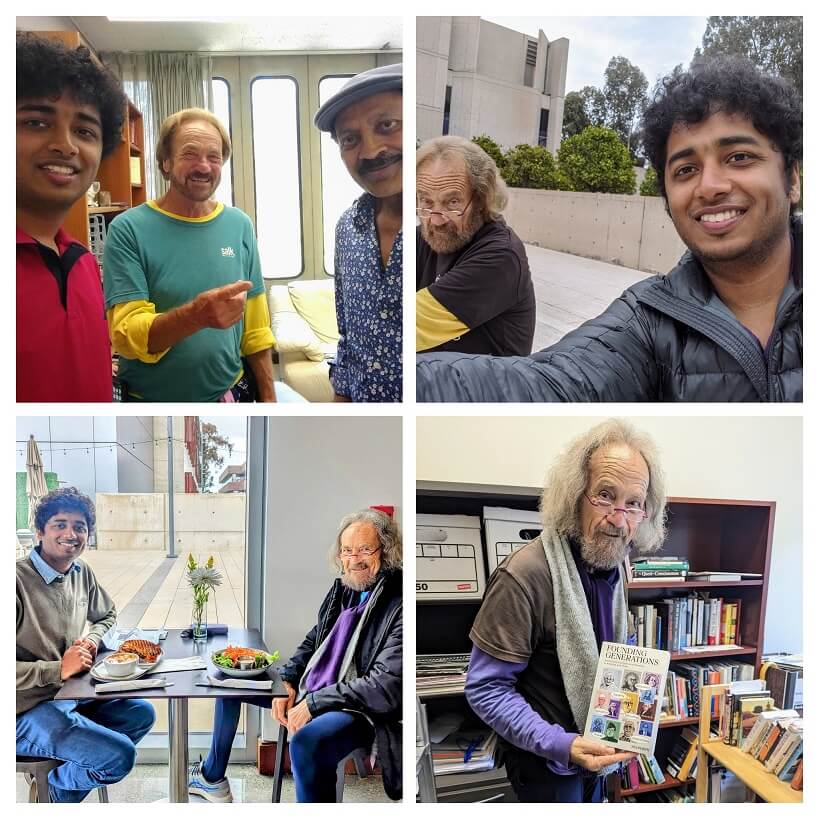It is already less than a year to the next Lok Sabha election which naturally means that the Indian political landscape is more vibrant than ever in the past four years. The formation of INDIA and the INDIA vs. NDA binary has already set in motion a verbal slugfest among politicians and provided much-needed intellectual fodder to political pundits. Congress has joined hands with political parties like AITC, AAP, and CPI(M) which are its chief opponents in many states. One hopes that Congress has thought through this major realignment more than it did for the last major movement it launched with the objective of reaping huge political dividends—the Bharat Jodo Yatra. Alas, most of us may have already forgotten about what it achieved except the fact that Rahul Gandhi walked from Kanyakumari to Kashmir. Thus, in only six months, the Bharat Jodo Yatra has joined a long list of other such yatras that could not stand the test of time which only a select few in our political history have.
In the past fifty years, India’s political landscape has seen too many national yatras (I am not even delving into the state yatras here such as those undertaken by NTR, Mamata Banerjee, and YSR) to keep count. These have included many that have largely slipped from the nation’s collective memory like Chandra Shekhar’s Bharat Yatra 1983, Congress Sandesh Yatra 1985, BJP’s Bharat Uday Yatra 2004, BJYM’s Rashtriya Ekta Yatra 2011, and BJP’s Jan Ashirwad Yatra 2021. This begs the question—What makes a yatra register in the collective consciousness of our nation for posterity? Indian civilization has witnessed yatras since antiquity, especially for the propagation of spirituality and religion such as the travels undertaken by Buddha, Adi Shankaracharya, and Guru Nanak. However, yatra as a tool to achieve political ends was inaugurated by Mahatma Gandhi during the Dandi March. Since then, only two more yatras namely the BJP’s Ram Rath Yatra 1990 and the BJP’s Ekta Yatra 1991 yielded some political dividends. What makes these three yatras significantly different from all the other ones?
In my view, the continued relevance of a yatra in our nation’s collective memory depends on two factors. First, the yatra should have a symbolic meaning. Second, its conclusion must have a tangible act aimed at realizing the symbolism. Gandhi’s Dandi March was symbolic of the protest against British atrocities, but he had also astutely figured out that just walking as a form of protest would not suffice. Thus, the tangible aim of the yatra (to realize its symbolism) was to break the British Salt Laws at its conclusion by making salt. It was this concluding act of the yatra that kickstarted a mass movement which ultimately saw the arrest of more than 60,000 people and gathered international press. It eventually led to the British amending the salt laws and organizing the Second Round Table Conference to discuss constitutional reforms. Evidently, just like an orchestra saves its best score for the final crescendo or classical Indian masters reserve their most-celebrated jugalbandi performance for the end, the concluding act is the key to the yatra’s longevity in posterity.
L. K. Advani’s Ram Yath Yatra of 1990 also had both symbolism and a tangible concluding act that resonated with a section of Indians. The symbolism of the yatra (in the RSS-BJP worldview) was to restore Hindu pride. The tangible aim of the yatra was to march on the Babri Masjid with support (material, financial, and volunteering) to build the Ram Temple. The symbolism and the tangible aim were so poignant to the karsevaks in the yatra that despite L. K. Advani’s arrest and Mulayam Singh Yadav’s heavy crackdown leading to the arrest of more than 150,000 karsevaks, many were able to reach the Babri Masjid and attempted to tear down the building. It took them another two years to finally achieve their aim and forever change India’s politics and secular fabric. The BJP reaped huge political dividends from the yatra in the coming years.
Murli Manohar Joshi’s Ekta Yatra of 1991 (with organizational support led by Narendra Modi) was symbolic of promoting national unity (a message that could resonate with many Indians outside of the RSS-BJP fold) and opposing separatist movements. At the time, India was witnessing the bloodiest period of the insurgencies in Kashmir and Punjab. The yatra’s tangible concluding act was to unfurl the National Flag in Srinagar on Republic Day. This was done in the end despite severe threats from terrorists and has since shrewdly been utilized by the BJP to burnish its nationalist credentials.
Rahul Gandhi’s Bharat Jodo Yatra started with the stated symbolic aim of “uniting the country against BJP’s divisive politics.” This symbolism touched the hearts of many Congress supporters and others opposed to the BJP. It perhaps even won some votes for the Congress. As a movement, however, it has not left a mass impact. First, it did not have a dramatic, symbolic concluding act. The BJP quickly claimed that it was their abrogation of Article 370 in 2019 that allowed Rahul Gandhi to unfurl the national flag in Srinagar without the kind of security threat that the BJP leaders had to suffer in 1991 when a Congress-led minority government was at the center. More importantly, however, the Bharat Jodo Yatra did not create a mass movement around the goals articulated by the Congress and its allies. The movement had a clear political message, but it lacked a coherent alternative symbolic and moral vision for India, that all the previous successful mass movements carried with them. The Yatra also did not have a clearly defined organizational follow-through plan to build on the mass support it received as it traversed parts of India. We do not hear of any efforts to build local-level organizations around those who came to support the Yatra. The Yatra is all but forgotten already in our national memory. If the Congress or any other party plans another similar effort, it must have a clearly defined moral vision, organizational follow-through, and a dramatic symbolic concluding act that captures the essence of the yatra.

 The Many Expressions of Advaita's Absolute Truth and Guru Nanak's Succinctness
The Many Expressions of Advaita's Absolute Truth and Guru Nanak's Succinctness